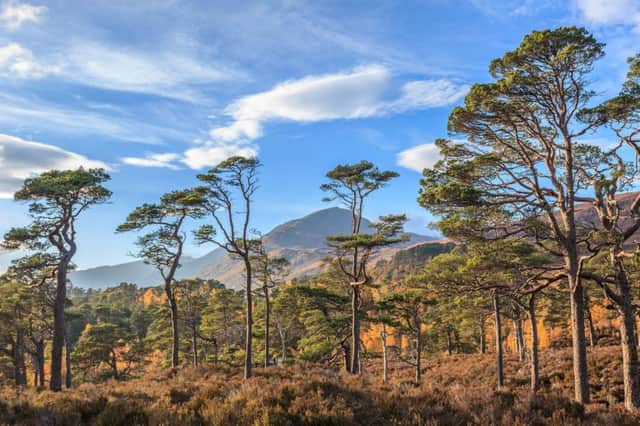Leader comment: Protect this vital Scottish icon


But, since its hey-day around 5,000 years ago, it has been reduced to mere fragments due to a combination of tree felling and burning, cattle grazing, and now, a less obvious danger, climate change.
Professor Brian Huntley from Durham University has shown that while the precious remaining strips are dominated by Scots pine, they are at risk from oak trees better suited to the current climate.
Advertisement
Hide AdAdvertisement
Hide AdThey are also at risk from a sudden outbreak of fire, wiped out because of a match carelessly thrown away, or a camp fire not doused properly. Or from diseases which affect our trees over which we have little control.
There will be those who say climate change will take its course, the damage has been done, and there is little that we can do.
But the Caledonian forest is far too valuable an asset to sacrifice through inaction.
We must do what we can to support Prof Huntley and his team who advocate drawing up an inventory identifying present and future sites sympathetic to the Scots pine.
Furthermore, perhaps some of us would be fit enough to join the army of volunteers in organisations such as Trees for Life who have vowed to save the Caledon forest, and graft to rid the land of “fast-growing thugs” imported from the US and Scandinavia for timber decades ago, before planting new Scots pine trees in their place. Combining science and “boots on the ground” may be a way forward.